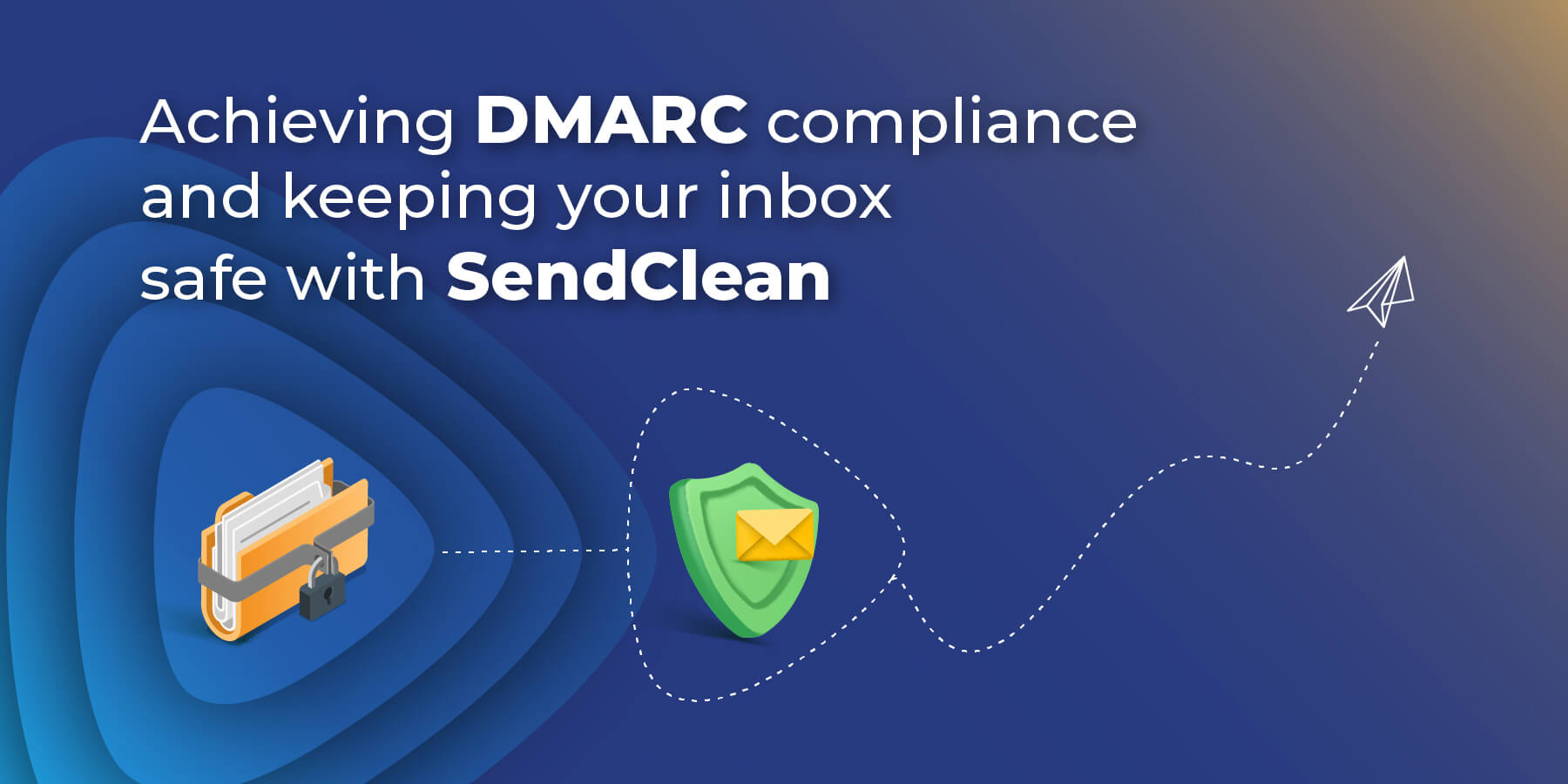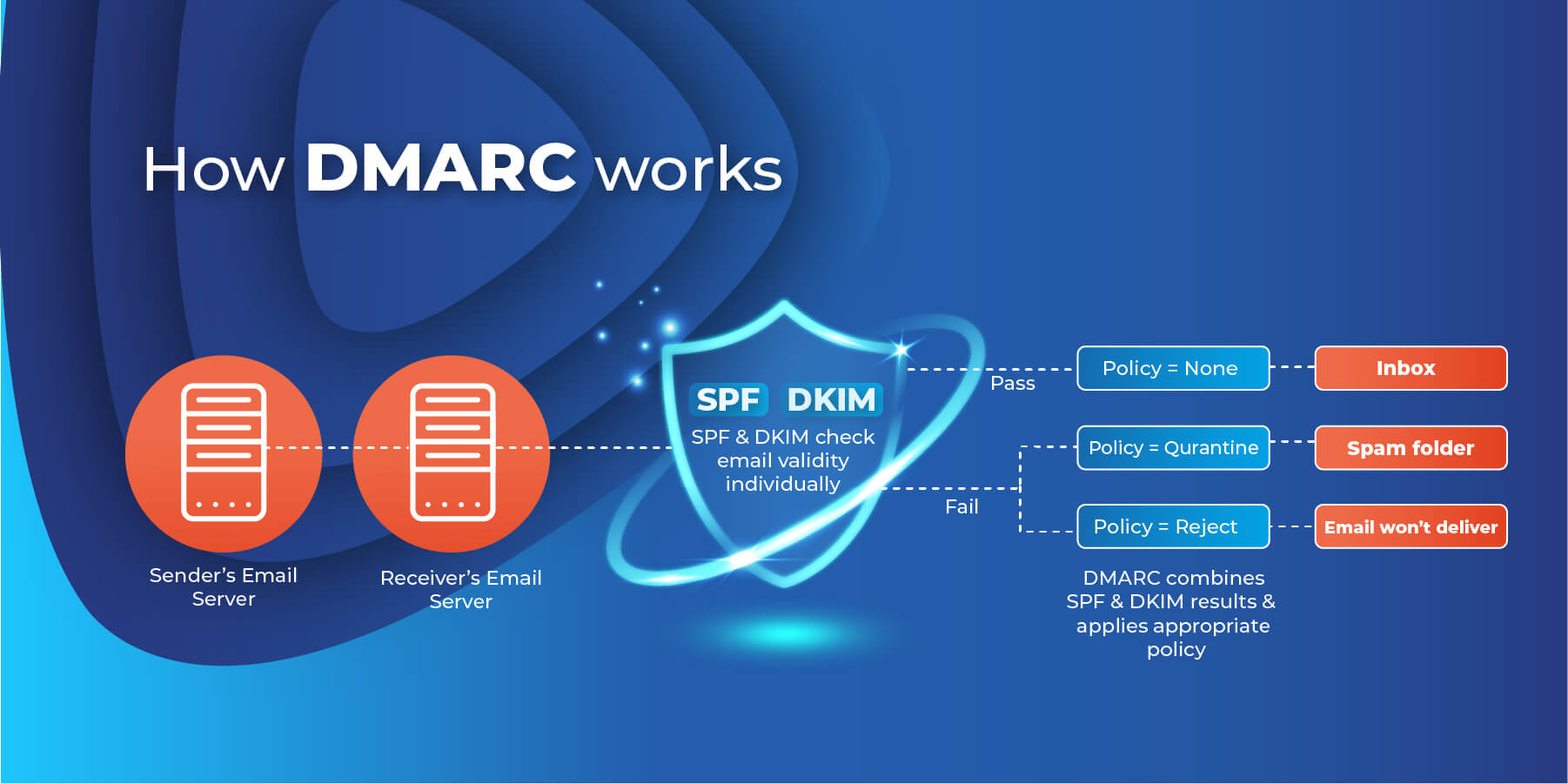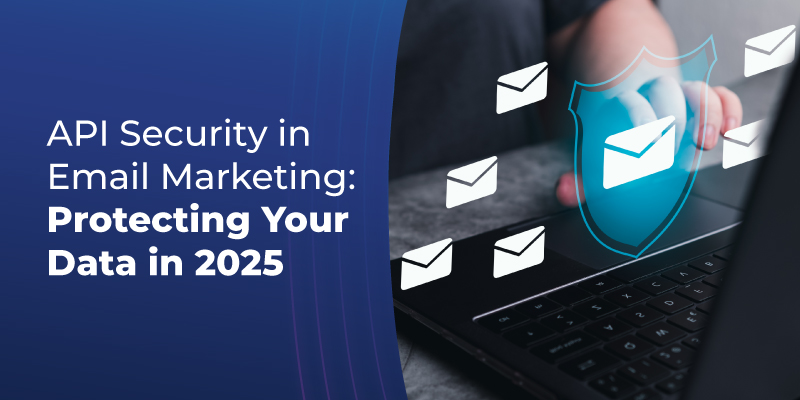Let's address the most critical question:

Spam and phishing emails plague our inboxes, but advancements in email authentication haven't stopped them entirely. Why? Complex sender systems, inconsistent authentication, and lack of communication between senders and receivers leave loopholes for attackers.
The Problem: Viral emails run rampant despite email authentication techs like SPF and DKIM. Complex sending environments, inconsistent authentication, and limited feedback make it hard for both senders and receivers to combat spoofing and spam.
The Solution: DMARC enters the scene. This collaboration tool empowers senders to tell receivers what to do with unauthenticated emails (quarantine or reject) while receiving valuable analytics on their mail authentication practices.
How DMARC Works
Imagine DMARC as a GPS for email. It guides receivers like Gmail and Yahoo by checking if a message aligns with the sender's known authentication setup. For non-aligned messages, DMARC provides instructions (e.g., quarantine or reject) based on the sender's policy.

5 Easy Steps to DMARC Deployment
1. SPF & DKIM: Lay the groundwork with these authentication pillars.
2. Alignment: Ensure sending systems properly identify themselves.
3. Data Gathering: Publish a "none" policy DMARC record to gather reports and analyze your mail streams.
4. Refinement: Based on the data, adjust your authentication configurations as needed.
5. Policy Upgrade: As confidence grows, graduate from "none" to "quarantine" and eventually "reject" policies for unauthenticated emails.
New Requirements for Bulk Senders (Gmail, February 2024):
1. Strong Authentication: Gmail demands well-established authentication practices to close exploitable loopholes and protect users.
2. Easy Unsubscribe: One-click unsubscribe becomes a mandatory feature for commercial emails, eliminating unsubscribe hurdles.
3. Strict Spam Threshold: Gmail introduces a clear spam rate limit, ensuring users receive mostly wanted messages.
4. Industry-Wide Effort: Yahoo applauds these changes, emphasizing the need for collaboration in "making these common senses, high-impact changes the new industry standard."
Benefits: These updates act as an email tune-up, promoting:
1. Increased Security: Fewer fraudulent emails reach inboxes.
2. Improved User Experience: One-click unsubscribe and reduced spam enhance user satisfaction.
3. Enhanced Collaboration: Senders and receivers work together to build a cleaner email ecosystem.
This is not a one-time fix. Constant vigilance and collaboration are crucial to maintain a secure, user-friendly email environment. By working together, the email community can ensure your inbox stays a haven.
Also Read: What is Email Deliverability, and How to Improve It?
Conclusion
Achieving DMARC compliance provides a robust solution to combat the persistent challenges of spam and phishing emails. As the email landscape evolves, implementing DMARC not only enhances security but also fosters collaboration between senders and receivers. The outlined steps and recent requirements for bulk senders underscore the importance of continuous efforts in maintaining a secure and user-friendly email environment. By embracing DMARC and staying vigilant, the email community can collectively safeguard inboxes and ensure a safer digital communication experience for all.


